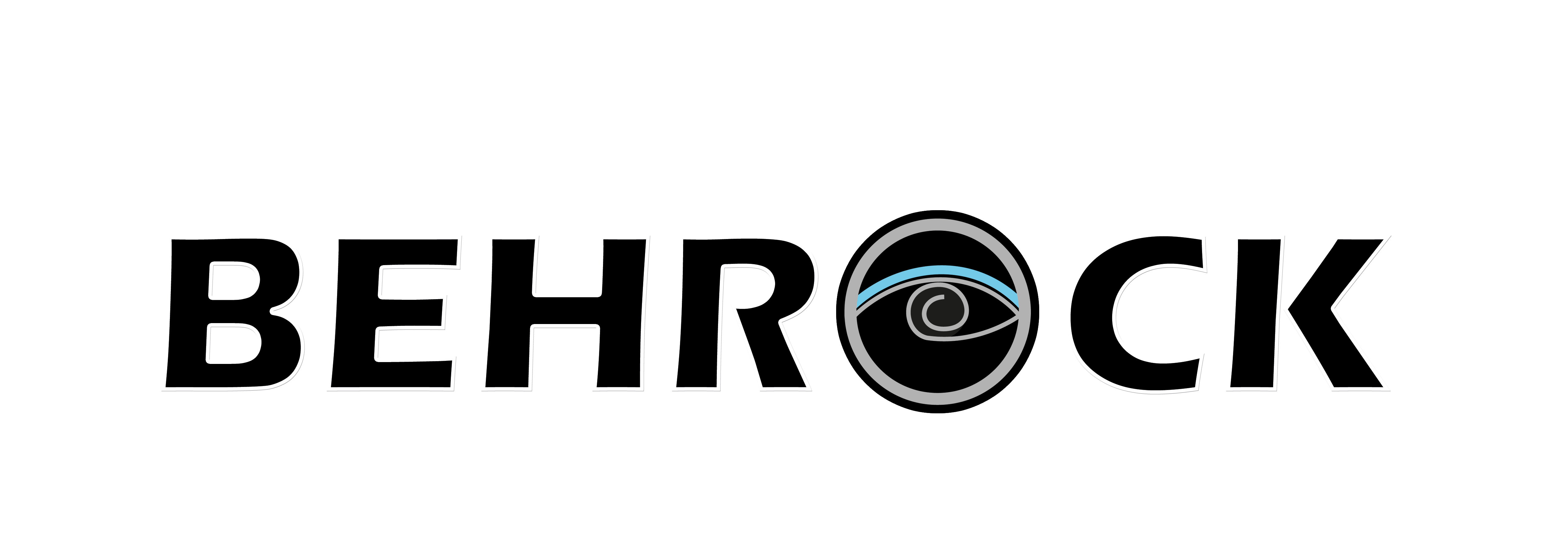
Polycarbonate profile is a type of polymer profile, known for its clarity and high strength, specifically designed for mounting, connecting, and enclosing polycarbonate sheets. These profiles are often made from polycarbonate itself for optimal compatibility with the sheets, though sometimes PVC or aluminum is used for added structural integrity.
Advantages and Features
High Clarity and Glass-Like Appearance: Provides a visually appealing and transparent aesthetic. High Impact, Break, and Stress Resistance: Extremely durable and less prone to damage compared to glass or other comparable materials. UV Resistance and Environmental Durability: Resistant to the damaging effects of sunlight and harsh weather conditions like rain, wind, and snow, leading to a longer lifespan. Lightweight and Easy Handling: Reduces installation and transportation costs and difficulties. Quick and Easy Installation: Minimizes the time and complexity of the installation process. Thermal and Acoustic Insulation (with double-walled polycarbonate): Provides a degree of insulation from heat and sound when used with double-walled polycarbonate sheets.

Common Polycarbonate Profile Types:
- H-Profile: Used to connect two polycarbonate sheets along the length of the profile.
- U-Profile: Used to seal the edges of polycarbonate sheets, preventing dust and moisture ingress.
- F/L-Profile (or similar): For connecting to walls or aluminum frames and providing additional support/structure. Often includes a polycarbonate strip.
- Aluminum Profile with Polycarbonate Strip: Provides a stronger, watertight connection for larger, more complex structures.
